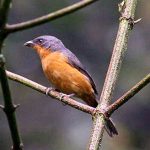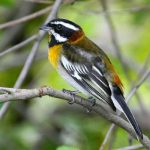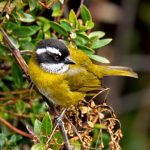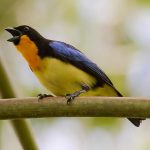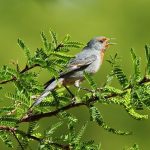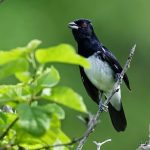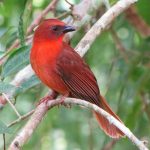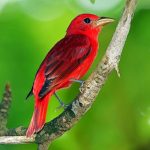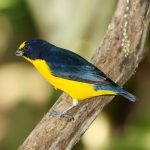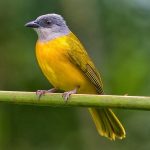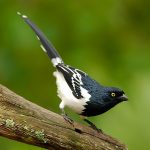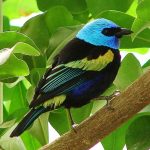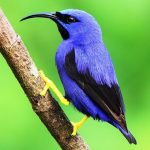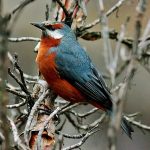Wing-barred seedeater
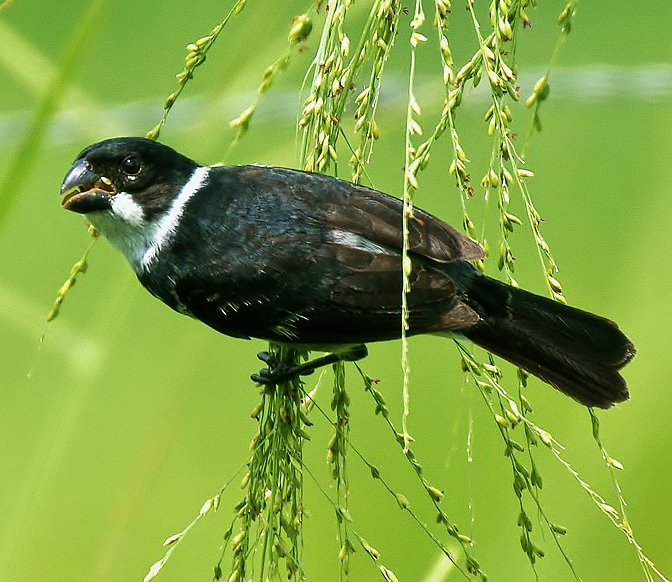
 |
| Photo by Michel Giraud-Audine (Flickr) |
Common name:
wing-barred seedeater (en); coleiro-do-norte (pt); sporophile à ailes blanches (fr); espiguero chocoano (es); wechselpfäffchen (de)
Taxonomy:
Order Passeriformes
Family Thraupidae
Range:
These birds are found in northern South America and Central America, from northern Brazil and Peru to southern Mexico.
Size:
The wing-barred seedeater is 11-12 m long and weighs 12-13 g.
Habitat:
They are mostly found in open areas, such as grasslands, scrublands, pastures and agricultural areas, but sometimes also in tropical forests and within urban areas.
Diet:
The wing-barred seedeater feeds mainly on grass seeds, but also takes other seeds, berries and some insects. They forage in small flocks, often mixed with other species.
Breeding:
These birds nest in a flimsy cup built by the female with coarse plant material and lined with a few finer fibres. The nest is placed in low in a tree, up to 6 m above the ground. The female lays 2-3 pale grey eggs with brown speckles, which she incubates alone for 12-14 days. The chicks fledge 2 weeks after hatching. Each pair can raise 2-4 broods per year.
Conservation:
IUCN status – LC (Least Concern)
This species has a very large breeding range and a global population estimated at 0,5-5 million individuals. The population is suspected to be declining owing to trapping pressure, but it is not considered threatened at present.
